What is a Geisha? The Traditional Japanese Performer Demystified
Terrell Wallin
Posted on September 10, 2021
Share:
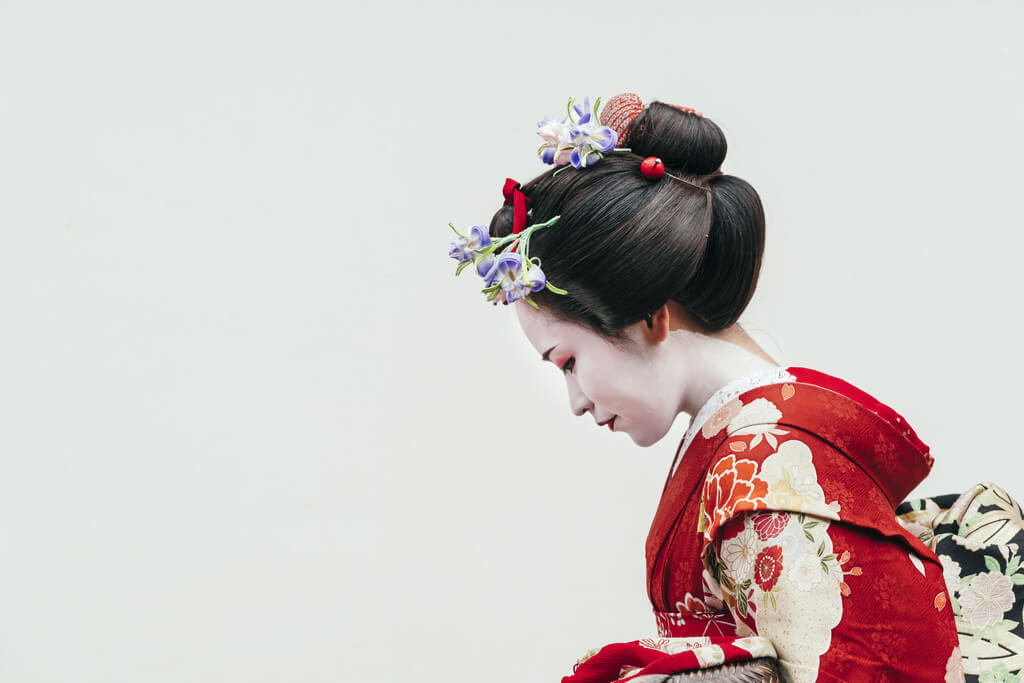
When people think of traditional Japan, many think of samurai and geisha. A lot of this is thanks, in part, to films like The Last Samurai and Memoirs of a Geisha. However, these movies took a few creative liberties in portraying these two jobs. They have a long, exciting history in Japan and are a rich part of the culture.
But what is a geisha? What do they do? What is that history? Today, let’s take a deep dive into these traditional Japanese performers.
What is a geisha?
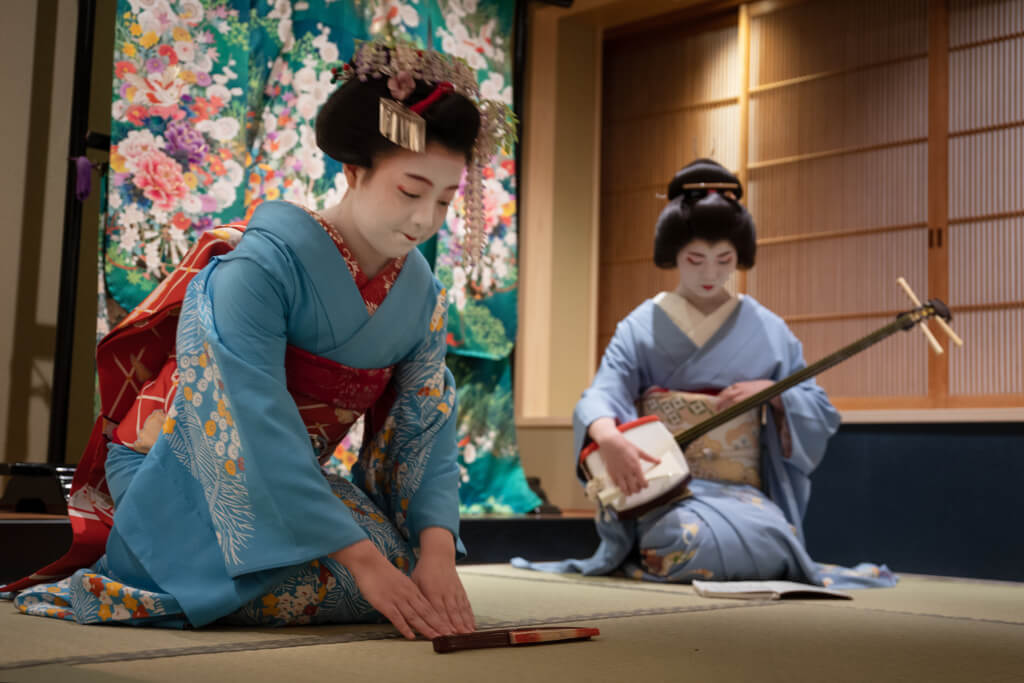
To explain what a geisha is, let’s look at the word itself. The word ‘geisha,’ written 芸者, combines two kanji. ‘Gei (芸)’ can mean ‘entertainment’ or some art or skill. ‘Sha (者)’ generally means person. In other words, they are elite female artists who specialize in traditional Japanese arts.
Geisha in Kyoto are geiko, or children of art. Thanks to Kyoto being the old capital of Japan, it is currently the geisha capital of Japan as well. It is also one of the places where many women train as apprentice geisha, known as maiko.
What kind of performances do geisha do?
Performers frequently take part in events such as parties, banquets, and public performances where they entertain guests and viewers using the skills they have received extensive training in. They learn to dance, play the shamisen (a traditional Japanese string instrument), perform the Japanese tea ceremony, and engage in conversation.
After additional training, they can specialize in various skills such as playing the koto (a large Japanese string instrument), singing, or mastering other arts like calligraphy and flower arrangement. When not attending events, they can be found at okiya (geisha houses), where they often reside from the start of their training until they pay off their debts for their studies (if there are any). They can also be found in tea houses or traditional Japanese restaurants, known as ryotei.
Want to experience traditional Japan in your own home? Sakuraco sends local, authentic Japanese snacks and more right to your door, perfect for tea time.
The Three Levels of Geisha
As mentioned earlier, they have three different levels. Before becoming a fully-realized geisha, the stages are shikomi (preparation or training), minarai (learning by observation), and maiko.
Shikomi is the first and lowest stage. In Kyoto, women can start from the age of 15 or 16 after graduating from middle school, but in Tokyo, they can only join after turning 17-18, usually after graduating high school. Their duties start from general housekeeping for the okiya, but they quickly learn the geisha arts. They complete this stage after a final exam in dance, usually after one year.
Next is minarai. While donning a slight variation of full-fledged geisha wear, they accompany an older maiko or real geisha as an apprentice. As their ‘older sister’ geisha attend events, they sit quietly and observe, taking in any information that may be useful, like games to play with their guests or serving tea. After about a month, however, it is now time to participate.
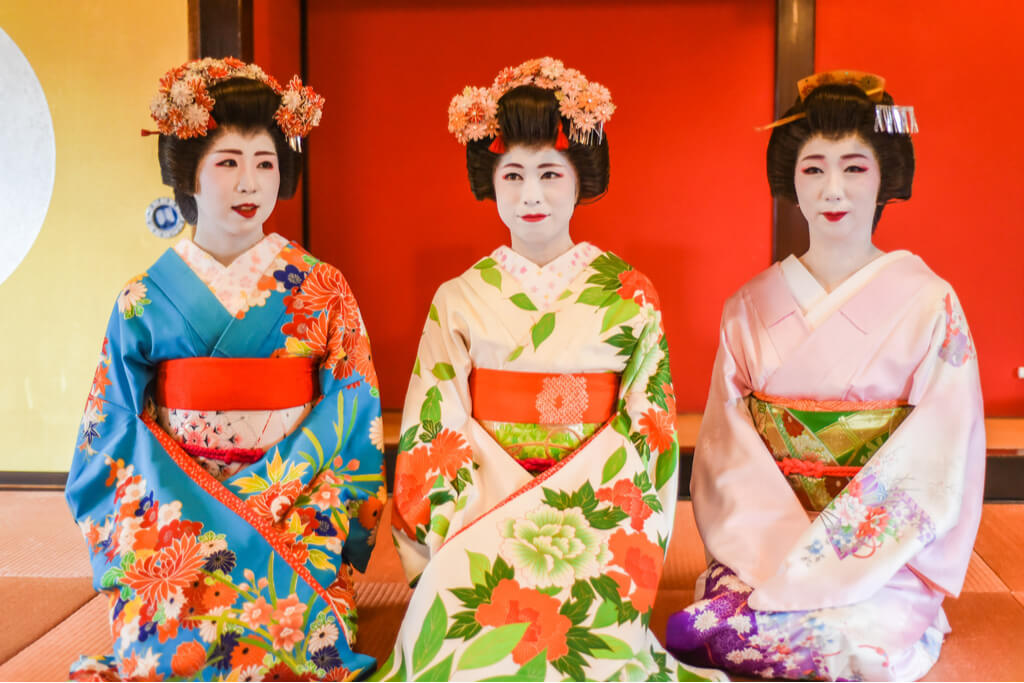
At this point, they become a maiko. The maiko follows the same mentor as before and participates in appointments and events. They can also start doing things independently but must continue training in the arts. During this time, they advance their skills in areas like conversation, performing, and traditional arts. This part can last for years before they’re finally official geisha.
Around the observation stage, they start to wear traditional clothing for the job, but in different variations. Geishas used to don the kimono, a traditional Japanese garment, as their standard attire. They styled their hair in one of two traditional ways and applied unique white, black, and red makeup. The white makeup made their faces more visible in the candlelight.
History of the Traditional Japanese Geisha
Geisha has a long, exciting history from around 600 A.D. However, the first ones really started to appear in the 1700s in the Edo period. Unlike today, they were actually men. After the government allowed ordinary citizens to travel and make pilgrimages, men at establishments in Kyoto and Osaka would entertain travelers by telling lewd jokes and singing songs.
However, these male geisha had assistants. The serving girls of these establishments began helping these men by singing and dancing for customers. These dancing girls were often more popular than the men because most of their customers were men themselves. Those who were educated and could play instruments became even more popular.
Performers of the modern era
Eventually, by about 1800, the profession became a job in and of itself. It was almost entirely female, later becoming completely female, with some young girls starting from as early as five years old. They became more elevated in both status and money. They also became fashion and style icons of traditional Japanese beauty with signature looks that many women tried to emulate.
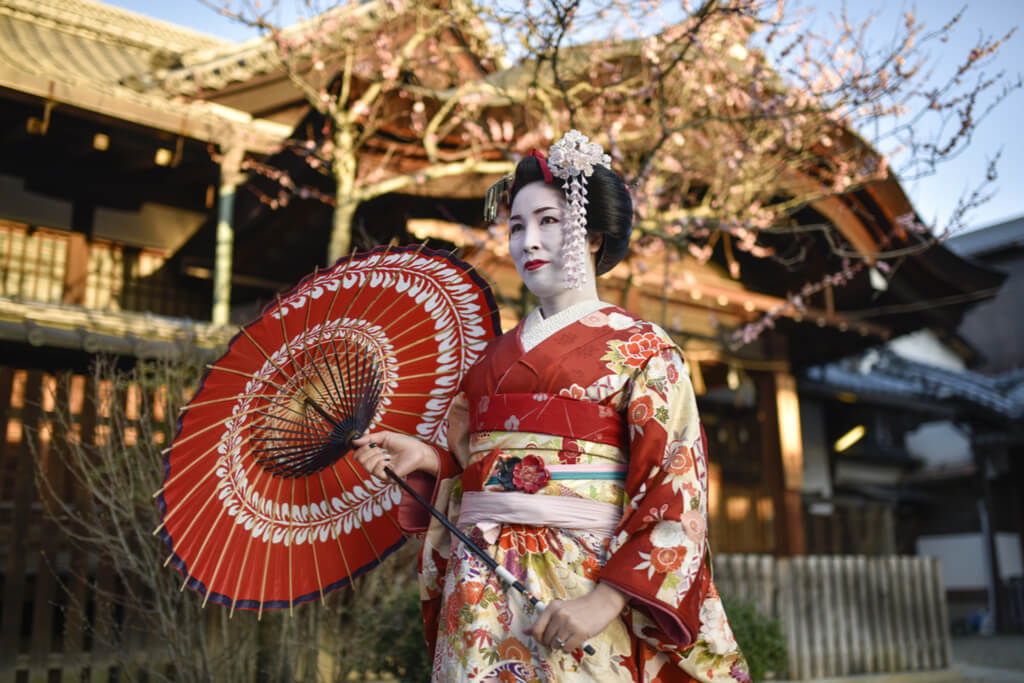
Unfortunately, at the start of World War II, many had to give up their jobs and took on jobs in factories or other industries through their customer connections. Things became tough when geisha districts, or hanamachi (flower towns), were closed in 1944. Their reputation also took a hit when some prostitutes started calling themselves “geisha girls.”
However, after the war, teahouses, bars, and geisha houses opened again, and the number of industry workers quickly increased as the job was considered legitimate again. Plus, with new education laws, their starting age became what it is today.
Both despite and due to westernization after WWII, they became icons of traditional Japanese arts and culture.
Where Can We See Geisha Today?
Geisha are performers, so they must have places where they perform. In Japan, they can often be found in flower towns. These towns are often in the larger cities, onsen towns like Atami, or cities with historical districts like Kanazawa.
Tokyo has six flower towns, including Asakusa, Akasaka, and Shimbashi. Although one district in Tokyo is credited with the first official female geisha, that culture declined a bit. Although it’s had a revival, it doesn’t compare to Kyoto.
As the old capital of Japan, Kyoto has five flower towns, known as the gokagai (the five flower towns), although it had a sixth one until fairly recently. Its most famous town is Gion Kobu. These geisha towns are quite prestigious and usually frequented by powerful politicians and businessmen.
How does a regular Japanese resident or average tourist experience a performance?
One option is to book one through a travel agency or hotel, specifically a traditional Japanese hotel.
However, one dinner with them can cost around 50,000 yen (about 500 USD) per performer. That doesn’t even include the cost of the meal or an interpreter (if you don’t speak Japanese). However, there are more foreigner-friendly services that allow people to experience a geisha tea ceremony at teahouses, sometimes even in English.
A much less expensive option is to go and watch the daily performances at Gion Center, a theater catered to foreign tourists interested in Japanese arts. Gion, Kyoto’s most famous geisha district, holds an event for geiko and maiko dances called Miyako Odori. There, you can see several hour-long performances.
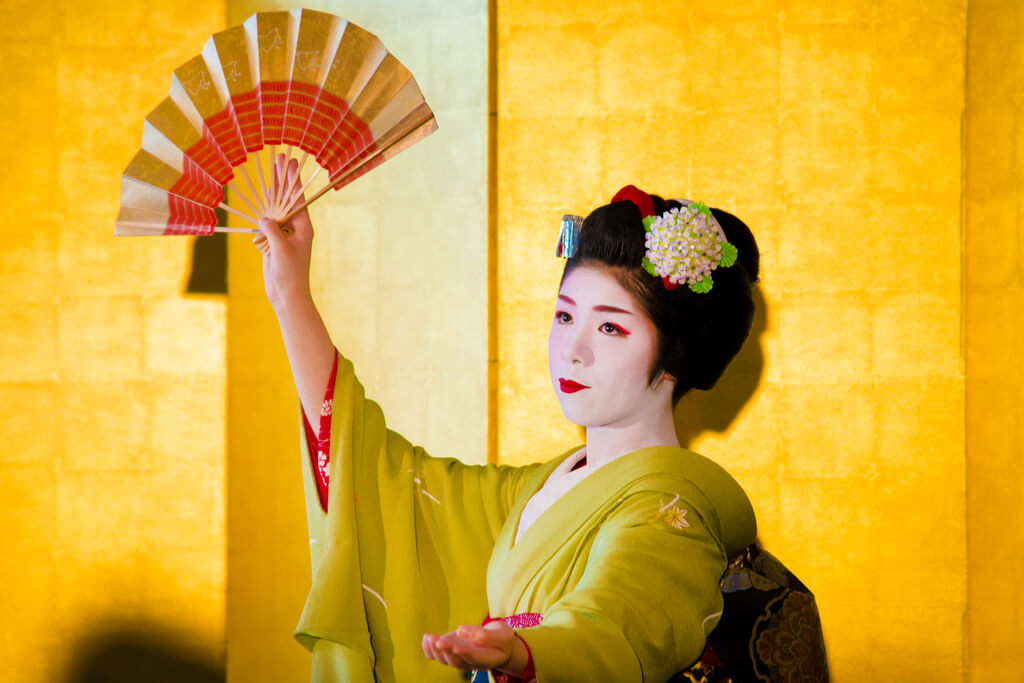
If you’d like to try and catch a glimpse of a geisha, you can also walk around the Gion or Pontocho geisha districts in the evenings. This area is known to have geisha often walking on their way to events or training. That said, please do not take photos of the geisha without permission! It has become an issue that the local government of Kyoto is addressing seriously, as geishas are often overwhelmed by tourists trying to take photos without consideration for others around them, or worse, the geisha themselves.
There are now also services that allow online meetings with a geisha that you can enjoy with up to 10 friends. These online sessions last for about 45 minutes.
Geisha are indeed an essential part of Japanese culture, with their skills in Japanese arts and traditional garb. Even as times change, they find ways to share their skill with the world. If you ever explore Japan, these performers are a must-see.
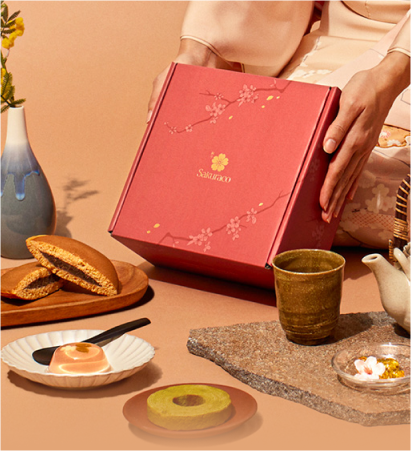
Discover authentic flavors with Sakuraco
Get Sakuraco 

Discover authentic flavors with Sakuraco
Get Sakuraco 
Related Articles

Mount Fuji Snacks That You Need to Try This Summer!
Mount Fuji, Japan’s highest and most iconic peak, has long served as a muse not just for artists and poets, but also for confectioners. Its symmetry and snow-capped grandeur make it an ideal motif for culinary artisans nationwide. These treats capture the spirit of Fuji in edible form, reflecting regional ingredients, seasonal symbolism, and time-honored techniques.

Okinawa City is Home to Southeast Botanical Gardens!
The Southeast Botanical Gardens in Okinawa are one of the island’s most beautiful and relaxing destinations. In Okinawa City, they offer a lush escape filled with tropical plants, ponds, animals, and seasonal displays.
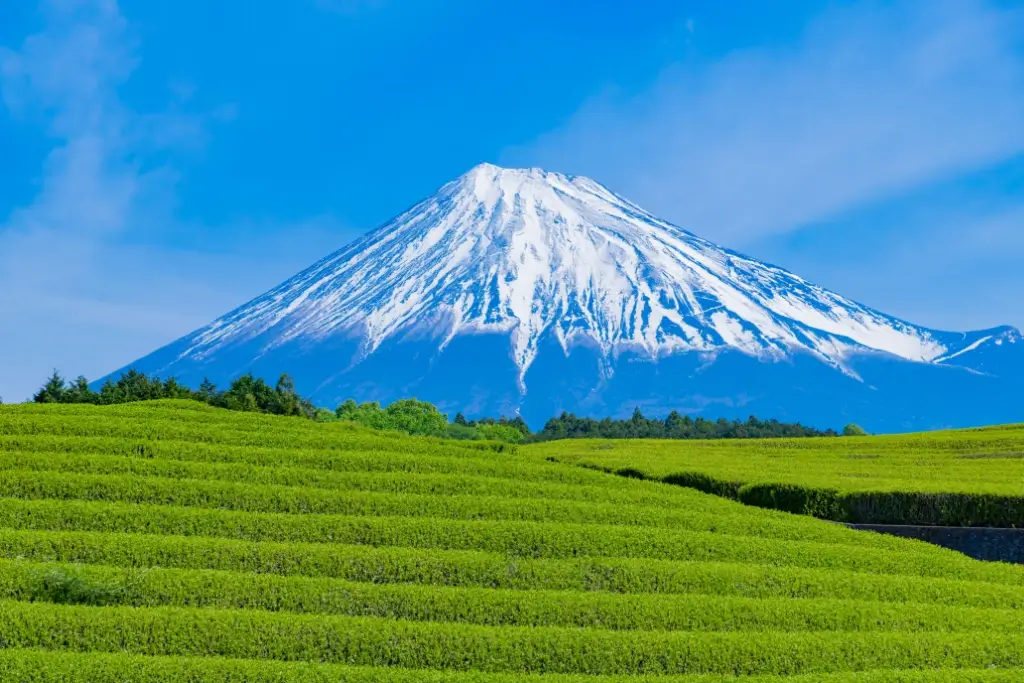
Mount Fuji Tour: Great Adventures Await You This Summer!
Mount Fuji is one of the most famous landmarks in Japan. People worldwide visit to see its beauty and enjoy exciting yearly outdoor activities!
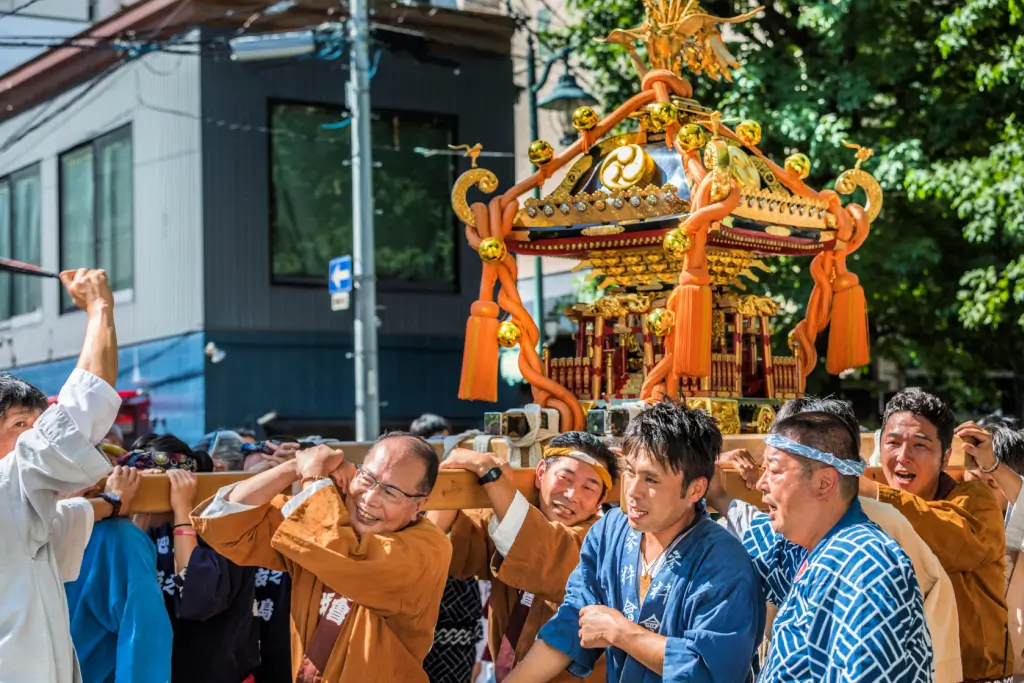
Mikoshi: Why Are These Portable Shrines So Important?
Japan’s summer festivals are known for their energy, color, and tradition. And at the heart of many lies the mikoshi.



